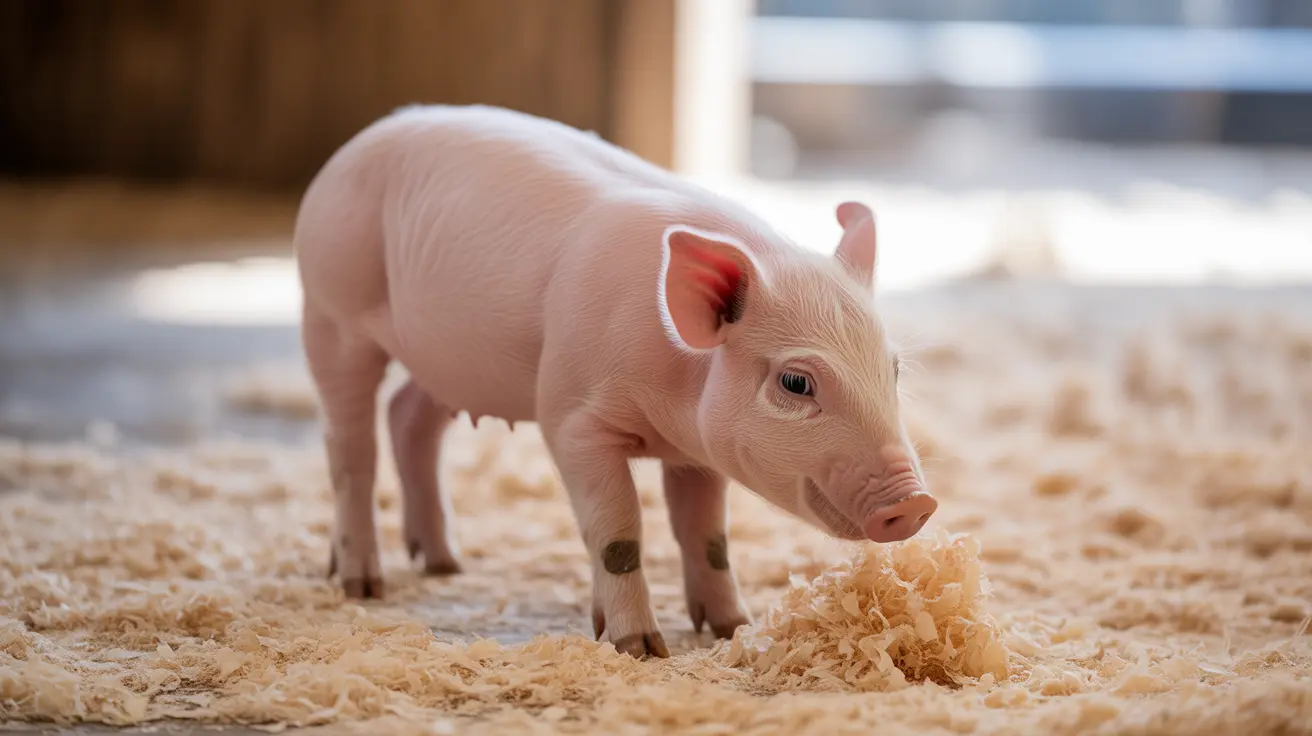Understanding the Lepto Vaccine for Dogs
The lepto vaccine is an important tool in protecting dogs from leptospirosis, a potentially life-threatening disease caused by Leptospira bacteria. This illness doesn't just affect animals—it can also be transmitted to people, making prevention critical for both pets and their families.
What Is Leptospirosis?
Leptospirosis is the most common zoonotic disease worldwide, meaning it spreads from animals to humans. The bacteria thrive in moist environments such as lakes, streams, puddles, and damp soil. Wildlife like rats, raccoons, opossums, skunks, squirrels, and deer often carry the bacteria. Dogs are at risk even if they only spend time outdoors in their backyard; direct swimming or wading isn't necessary for exposure.
How Dogs Get Infected
Dogs contract leptospirosis when their mucous membranes or open skin come into contact with contaminated urine, water, soil, or bedding. The bacteria can persist in the environment for weeks or months—especially after heavy rains or flooding—and infection is possible anywhere, not just in warm or rainy climates.
Symptoms of Leptospirosis in Dogs
- Lethargy and loss of appetite
- Vomiting and diarrhea
- Fever and dehydration
- Increased thirst and urination
- Jaundice (yellowing of skin/eyes)
- Abdominal pain and muscle stiffness
- Eye inflammation and difficulty breathing
Some dogs may show no symptoms at all while others develop severe illness leading to kidney or liver failure, lung disease, bleeding disorders—or even death. Intensive veterinary care may be required for organ involvement.
The Threat to Humans and Other Animals
This disease's zoonotic nature means humans can contract it from infected dogs (or contaminated environments). In people, it may cause fever, headaches, body aches, chills—and severe cases can damage organs. While cats are rarely affected or show only mild infection, they could sometimes act as reservoirs.
The Role of the Lepto Vaccine
The leptospirosis vaccine is strongly recommended for all dogs regardless of age, breed, or where they live due to the widespread presence of the bacteria. Modern vaccines typically protect against four major serogroups of Leptospira but aren't entirely effective against every strain.
- An initial series: Two doses spaced several weeks apart.
- Annual boosters: Required because immunity wanes over time.
This regular schedule ensures ongoing protection. While rare side effects can occur (like soreness at the injection site or mild sleepiness), severe allergic reactions are uncommon with newer formulations. The benefits far outweigh these risks given how dangerous leptospirosis can be.
Mild Vaccine Side Effects
- Soreness at injection site
- Mild lethargy or loss of appetite
If you notice hives, facial swelling, vomiting, or extreme lethargy after vaccination—seek veterinary help immediately.
Addition to Vaccination: Preventive Measures
- Avoid areas with high wildlife activity or standing water.
- Don't let dogs drink from or swim in stagnant water sources (ponds/lakes/puddles/streams).
- Keep dogs leashed outdoors—especially in rural/wooded areas.
- Reduce exposure to wild/farm animals and rodents.
If Your Dog Gets Sick
Treatment involves antibiotics and supportive care as soon as possible. Sometimes permanent kidney or liver damage remains even after recovery. Owners should avoid contact with urine from infected pets and use gloves/disinfectant when cleaning up accidents—dogs can infect other pets (and people) during this time.
The Importance of Vaccination
The risk posed by leptospirosis isn't just about illness; it's also about how quickly it progresses and how costly treatment can become. Mortality rates without treatment are significant. Vaccinating your dog annually—and minimizing environmental exposures—remains the best way to protect both your pet and your household from this serious disease.





